
© BBC. (Click image for larger version)
Men at the Barre – Inside the Royal Ballet
BBC Four
27 May 2020
www.roh.org.uk
www.bbc.co.uk
Available on BBC iPlayer
Part of the Dance on BBC Four series
If you missed Men at the Barre – Inside the Royal Ballet: a look behind the scenes at the male ballet dancers in the company, then take the time to catch up on BBC iPlayer. Whether it’s achieved its objective, to change the perception that ballet is only for girls, highlighted after the American broadcaster Lara Spencer openly mocked Prince George for taking ballet classes, it must surely have made a positive impact. As Richard Macer, the director and narrator points out, there is currently a ‘golden’ generation of male stars. This could arguably apply to the women too but let’s stick to the men for now.
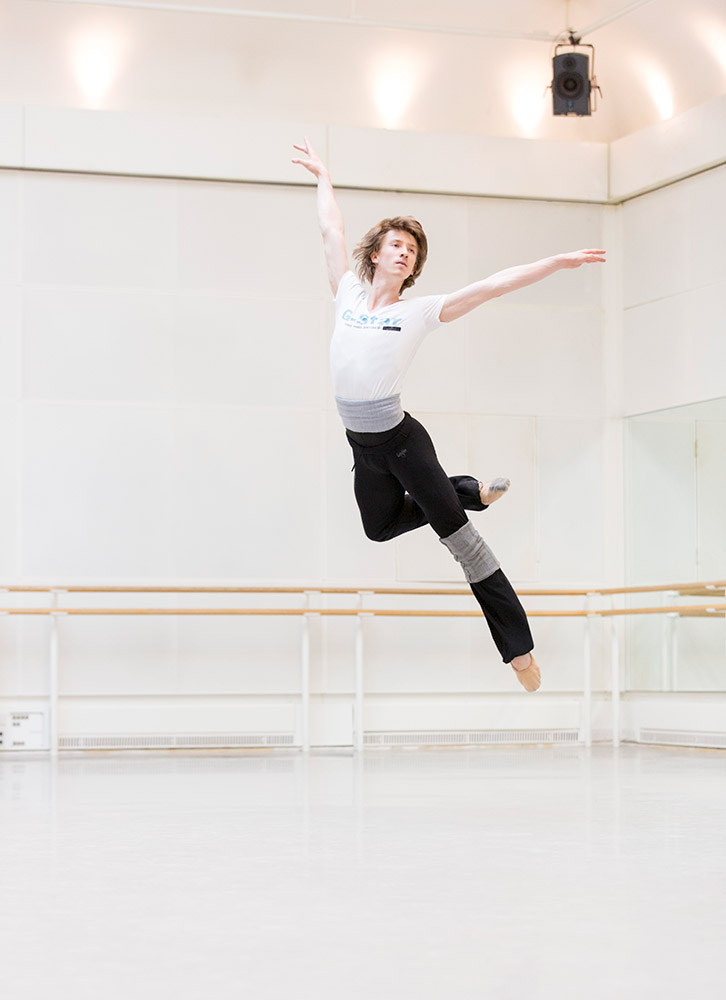
© Johan Persson, courtesy the Royal Opera House. (Click image for larger version)
There is an introduction during which Valentino Zucchetti, to the general amusement of some of his colleagues, busts the myth for our benefit, about the purpose of the male jockstrap. So charmingly explained, it underlines the ridicule and negativity that male dancers have hitherto been subjected to. Kevin O’Hare, the Royal Ballet’s director, eloquently says it how it is: “It’s definitely a job for a man in the 21st century.”
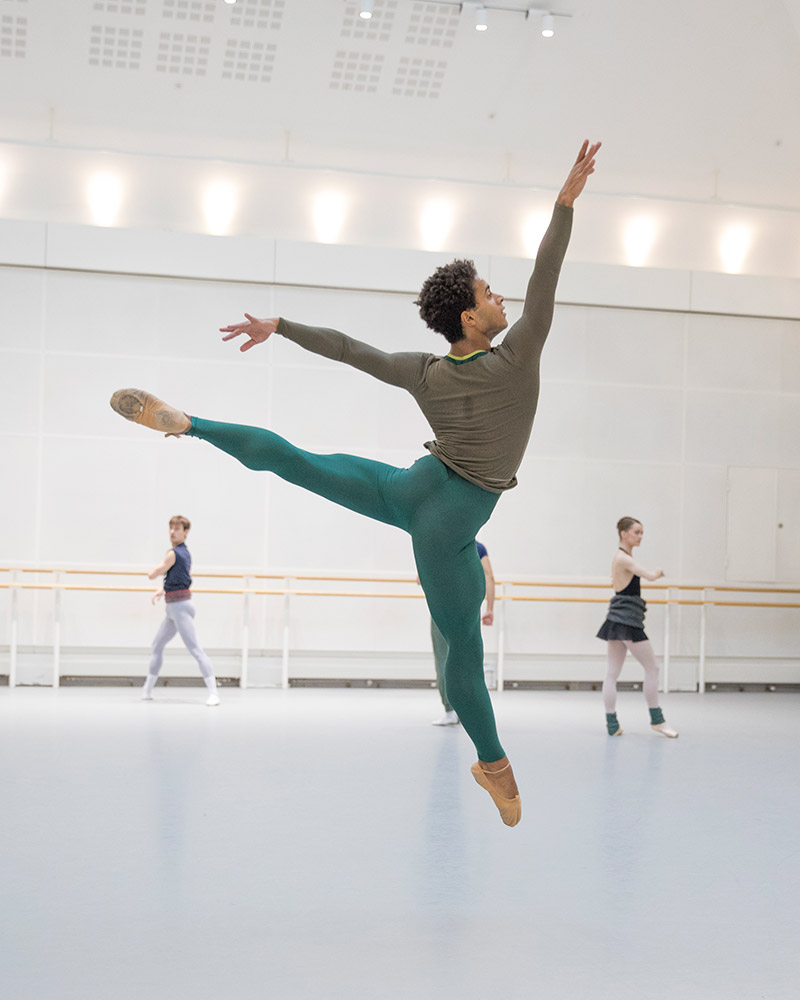
© Andrej Uspenski, courtesy the Royal Opera House. (Click image for larger version)
Starting with The Sleeping Beauty’s Bluebird variation and the trials and tribulations of one of the hardest roles in the male classical repertoire – it shows the earnestness of the work, the highs and lows of being a top male dancer. For Matthew Ball and César Corrales (and later Zucchetti and Luca Acri), there can be no doubt that this particular role is a massive challenge and not for the fainthearted; the incumbent wants to vomit afterwards. But the film doesn’t just focus on those who are currently at the peak of their careers. It also introduces the more mature, former dancers who are now character artists or coaches. The stigma of effeminacy and bullying is discussed, the age-old joke about ‘men wearing tights’ or ‘you have to be gay to be a ballet dancer.’ Gary Avis, former dancer and one of the greatest character artists of this generation, explains it’s not something you take up because you have a gender – you simply want to dance. It’s the closest we get to hearing about the touchy subject of pink tutus and homophobia – thank goodness because it’s entirely irrelevant. Sexuality doesn’t have anything to do with masculinity or femininity. The nature of the art form is that it’s beautiful and graceful and when you see these men (and women) at work and close up, they are simply some of the most aesthetically pleasing people on the planet.
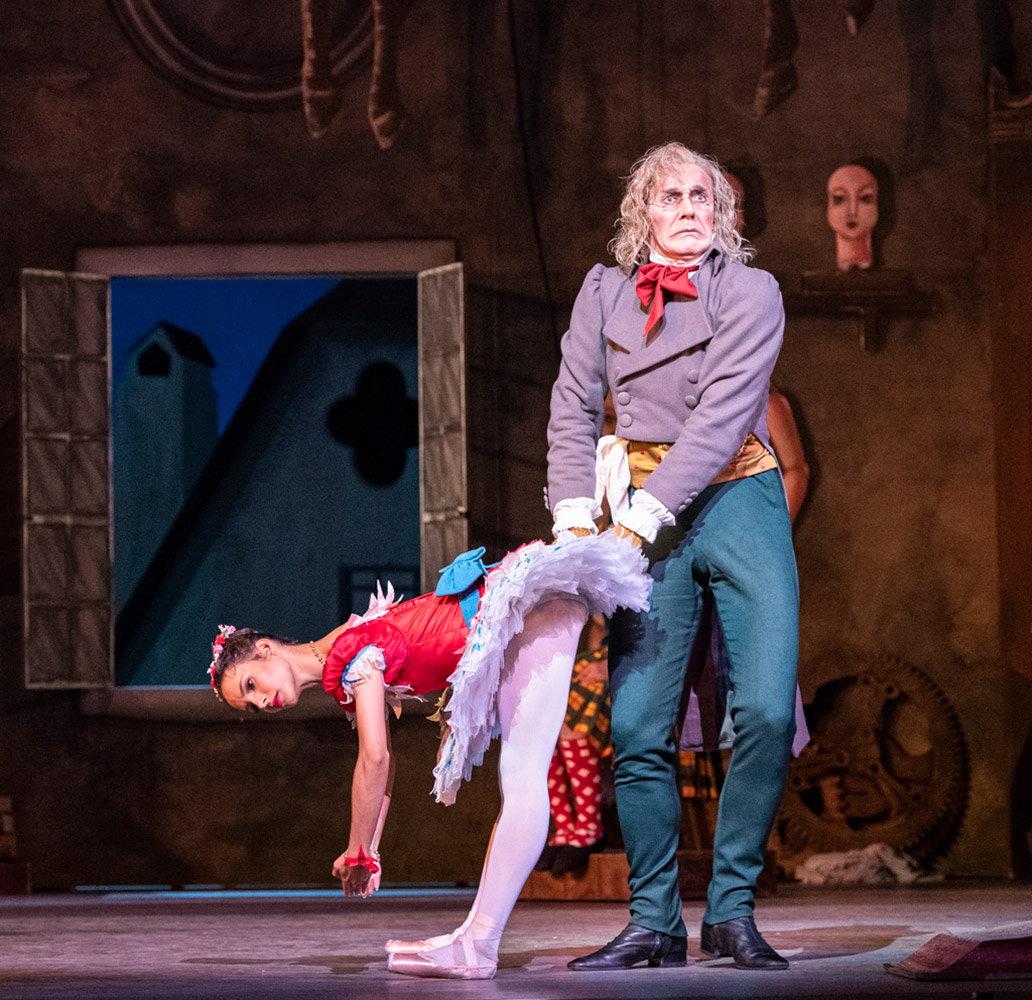
© Foteini Christofilopoulou, courtesy the Royal Opera House. (Click image for larger version)
We are privy to the dressing room banter between Vadim Muntagirov (aka The Va-dream) and Alexander Campbell, whilst they play basketball. They come across as self-aware, considerate, thoughtful and completely without affectation. Muntagirov says his nickname comes from his partnering skills, “I do what they want,” and that it’s a legacy from his strict training in Perm. He is one of the biggest stars in the world, but the word that comes to mind is humility. He appears almost blissfully unaware of his uniqueness and the phenomenal talent that he has always shown.
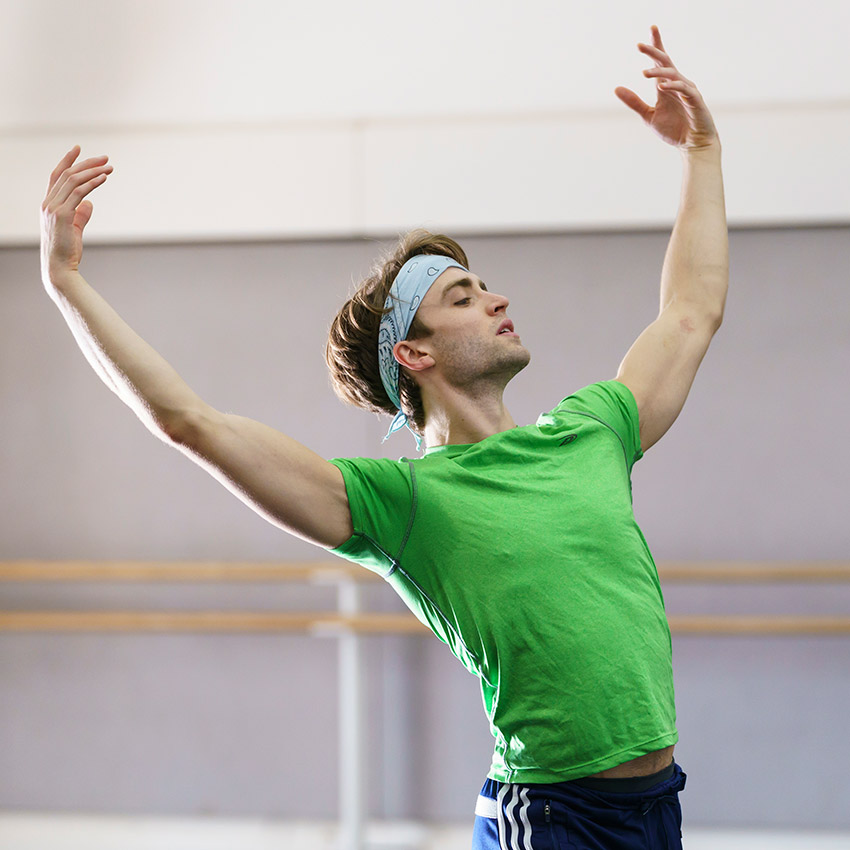
© Bill Cooper, courtesy the Royal Opera House. (Click image for larger version)
Ball is featured often in this documentary. He’s a softly spoken Liverpudlian, with a supportive family and a talent that seems to be evolving with every opportunity he is given. He is self-deprecating, detailing how even his fans tell him that they notice when something has gone wrong in a performance. His ability to listen and take on board what is said, his complete lack of complacency, may prove to be one of his greatest assets.

© Foteini Christofilopoulou, courtesy the Royal Opera House. (Click image for larger version)
We learn about the professional hazard of injury via Steven McRae, who will no doubt bounce back (as he has done before) to his former brilliance. What wasn’t touched on during this passage of filming is that almost every single dancer, in every company, will suffer a serious injury at some stage in their careers, whether they are at the start, middle or end. It is simply the result of pushing the human body to its limits and beyond. While McRae is seen talking to a sports psychologist, what is not mentioned is that dancers are generally resilient and resourceful people, who will use a period of injury as a time for reflection, to examine ways to come back even stronger and better and in McRae’s case, I believe he will prove that a return to form is a foregone conclusion.

© Tristram Kenton, courtesy the Royal Opera House. (Click image for larger version)
The film focuses mostly on Corrales, Muntagirov, Ball and the ebullient Marcelino Sambé – all very worthy subjects, but there are also interesting conversations with the immensely talented and articulate Joseph Sissens and his experience of racism, something that could be explored much more fervently in another film. First soloist Zucchetti is disarmingly honest throughout, admitting that although he has had offers of principal contracts elsewhere – he wouldn’t want to leave somewhere he loves for a status or a title. And finally, with Edward Watson, who’s outstanding career has garnered praise in abundance and who now looks set to pass on his valuable pearls of wisdom to a new generation, as a coach.
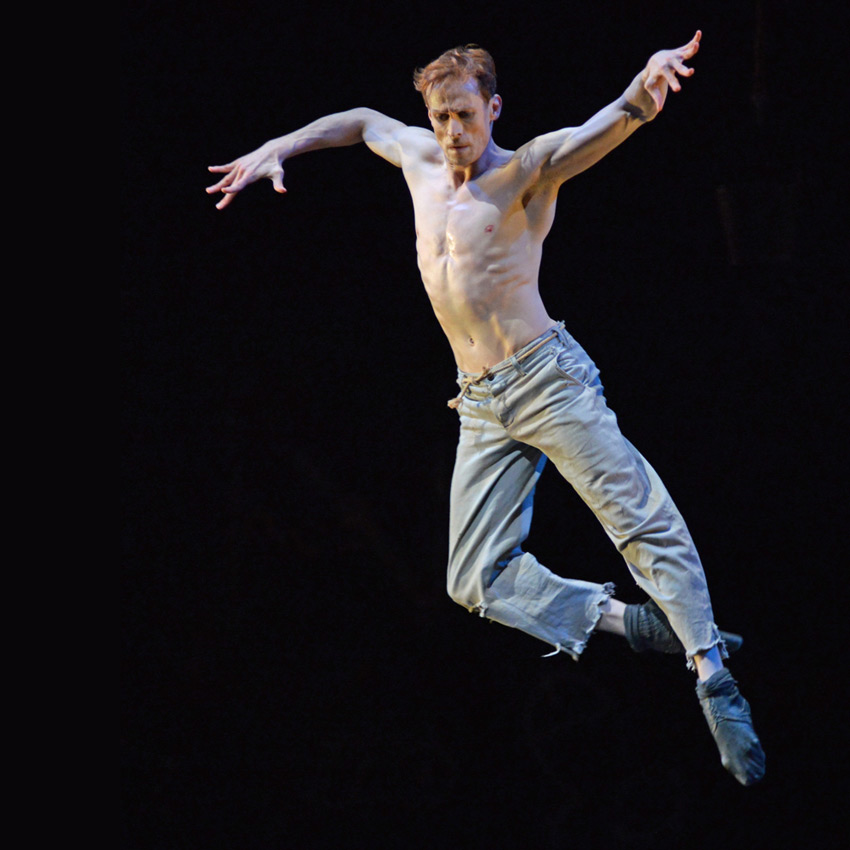
© Dave Morgan, courtesy the Royal Opera House. (Click image for larger version)
It’s shocking that anyone in this century can make ignorant and derogatory comments about male ballet dancers, as Macer concludes: male dancers of today are fusing art and athleticism in ways not seen in the past. Actually I don’t entirely agree with that statement. Male dancers have been around a long time and there have been great artists and breathtaking athleticism (think Nureyev or Baryshnikov for starters) for many decades. It’s the world outside that is slowly coming to realise how very extraordinary male ballet dancers are and also, something less well known to the general public, how respectful and supportive they are toward their colleagues, whether they are male or female. This remarkable camaraderie and compassion is not so evident in other professions.










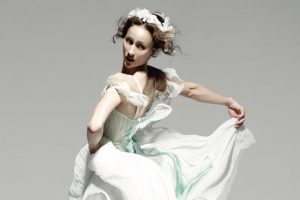


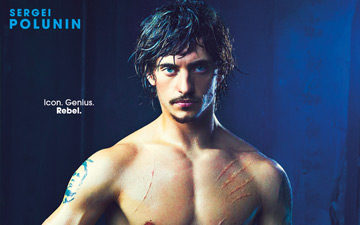
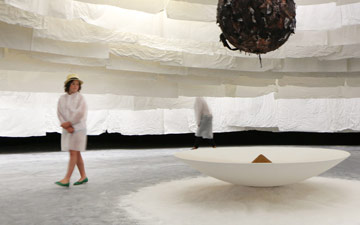
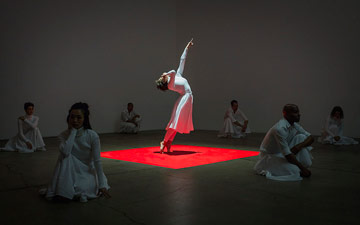

You must be logged in to post a comment.